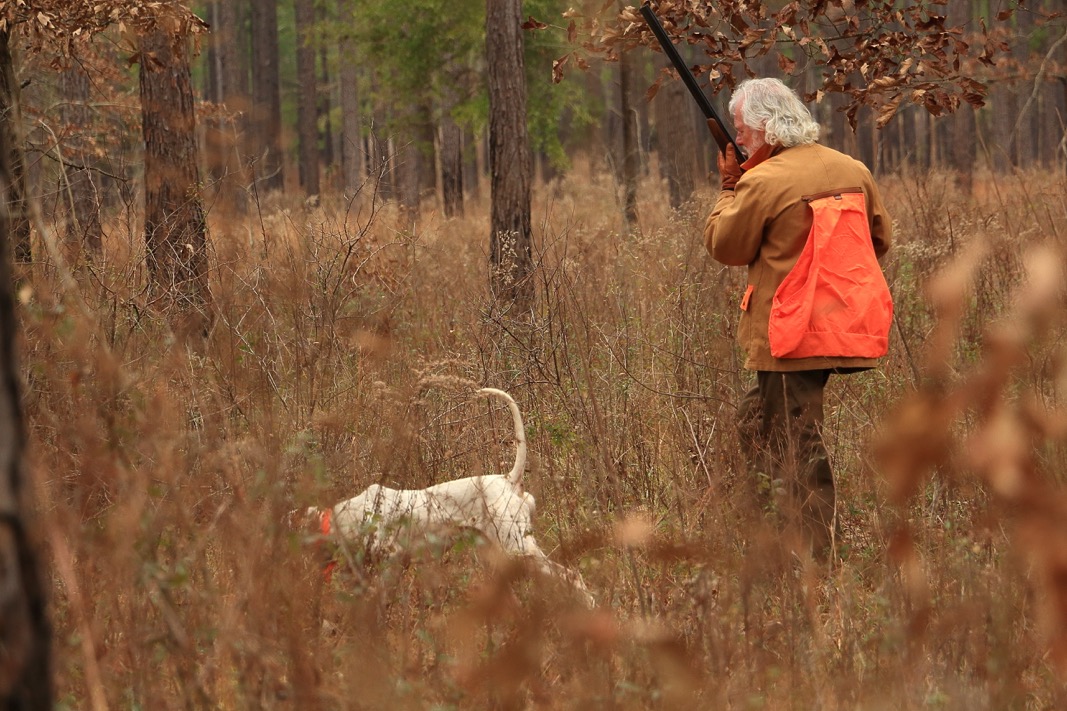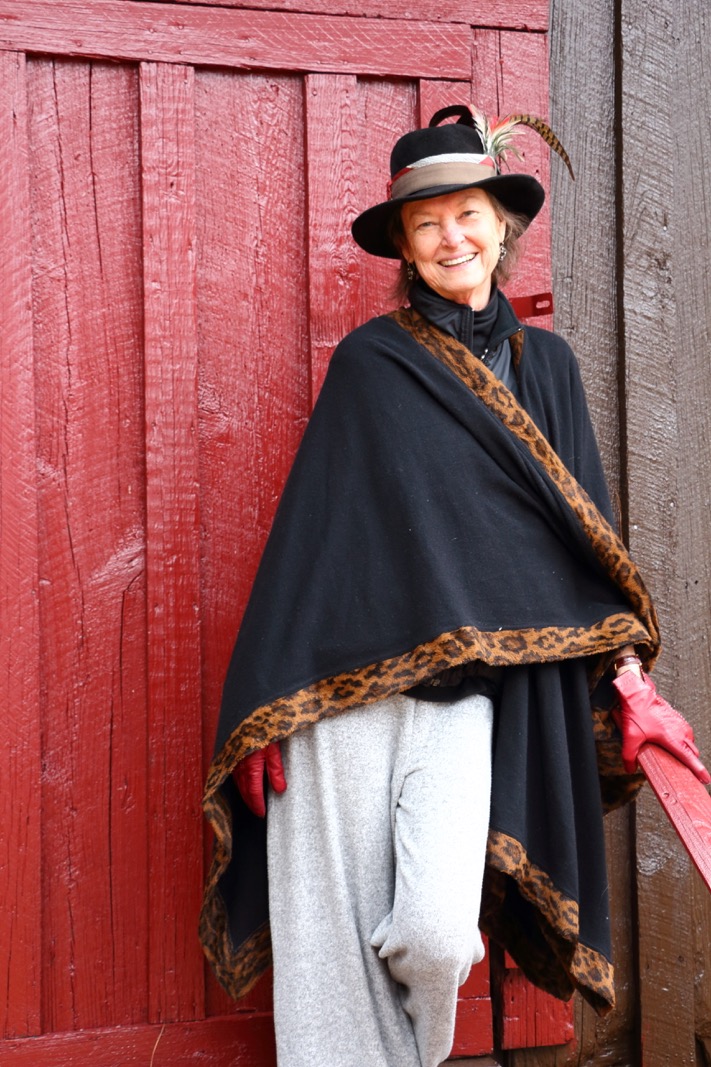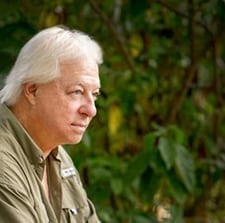Rocking The Georgia Pines, Part Two
October 9, 2019By Tom Poland
Editor’s Note: Parts of this column appear in the Sept./October issue of South Carolina Wildlife where Tom once served as managing editor.
Part One, click here: https://whosonthemove.com/rocking-the-georgia-pines-part-one/
Back home, I picked beggar lice off my jeans for days. The sticky seeds had hitchhiked from Georgia to South Carolina, and they carried a lesson in wildlife management. Quail love ’em and so do the people who manage lands for quail.
It was a mild winter afternoon when Chuck Leavell and I walked among the pines of Charlane Plantation. Take Chuck’s proper first name (Charles) and Rose Lane’s middle name and you get Charlane. Their plantation is a hunting preserve and model of integrated forest management. In 1999, Chuck and Rose Lane earned National Tree Farmers of the Year for their management of Charlane Plantation.
As we walked through those tall Georgia pines a déjà vu feeling took hold. The haunting feeling I’d been there before swept over me. Then I recalled an afternoon at Little Hobcaw Barony in Nesmith, South Carolina, where financier and presidential advisor Bernard Baruch established a quail hunting property in the early 1900s. Legendary writer Robert Ruark hunted Baruch’s quail haven. Throughout the years management planted wildlife plots in loblolly and longleaf pine upland areas. Pine windrows in larger fields increased the “edge effect.” They thinned trees. Decades of controlled burns gave the land a park-like appearance. Charlane looked much the same, as it should. In 2012, the U.S. Forest Service appointed Chuck an Honorary Forester, just the second person to receive that honor.

Hunting quail in those Georgia pines
Plantation Manager Hal Hamilton met us at the hunt site. He said they prescribe burn about every 36 months and thin the pines so natural grasses can move in. Fire just isn’t the enemy like we once thought. It’s beneficial. “We plant four-grain food plots, too,” said Hal. “We have five wild coveys here in this one area.”
Chuck watched the dogs roam and work. As he did I imagined him on stage with the Allman Brothers Band, doing his own concerts, and working with Jagger and the Rolling Stones. “You just don’t see this everyday,” I thought. Rock’s top keyboards man hunting quail. Chuck sees the big picture. He sees how nature works and he’s helping other to better understand nature too.

Rose Lane in front of Charlane’s old smokehouse
Chuck co-founded the Mother Nature Network www.mnn.com—the world’s most visited online network for news, education, and information about the environment and responsible living. Chuck explained how MNN came about. “The impetus was my partner, Joel Babbit. We had become friends. Joel is a public relations and advertising genius and had run a couple of companies, sold them to bigger companies, and at that time, 2008, he was president of Grey Communications of Atlanta. He called me in one day and said, ‘Listen, I represent a lot of big companies. They realize we’re at a critical time and they’re trying to recycle and do things to improve their footprint. I have no problem in getting their messages out on print ads, radio, or television, but I’ve been scouring the Internet and I can’t find a place I’m comfortable spending their budgets. What can you tell me?’ ”
“You know, Joel, you’re right,” said Chuck, “There’s no WebMD for the environment.” The two decided to change that. Joel told Chuck he would resign his position, get funding, and put a staff together. “I’m in,” said Chuck. “Joel hired some talented ecojournalists. We put the offices together and launched on a wing and a prayer not knowing whether it was going to be successful or not.”
MNN started slowly but today it’s the most visited independent environmental website, generating some five to six million sessions per month from over 200 countries. Chuck said, “It only took 4.5 billion years (Earth’s age) to build that website.”
This two-part column would not be complete without music. I asked Chuck what’s his favorite Stones song to play with the band? “Oh, I enjoy doing “Honky Tonk Women.” Chuck first heard the song while living in Nashville. “Man, I was riding down a road and a new Stones song came on the radio and blew me away. I pulled over to listen to it and went straight to the record store.” Today, he plays the song along with the band.

Photo courtesy of Getty Images
We closed our interview discussing writing, music, life, and love. He said something we all know is true. “Whatever your calling, if you are passionate about it, it’s not work, it’s fun.” Managing Charlane for hunting and timber has been a labor of love for him and Rose Lane. They love the land, life, and each other. “We’ve been together 46 years and have a lot of fun together,” said Chuck. “She travels with me. She works backstage with The Stones now. We’re together just about every day.”
Then Chuck said something sticks with me, but unlike those little beggar lice, I’ll hang onto it. “I believe there’s a deep spiritual nourishment in living somewhere where every tree is taller than every building, rather than the other way around.”
Amen to that and amen to the great example Charlane Plantation sets for all who love the land, hunting, and a healthy world.
Part One, click here: https://whosonthemove.com/rocking-the-georgia-pines-part-one/
Visit Tom Poland’s website at www.tompoland.net
Email Tom about most anything. [email protected]
Tom’s work appears in publications throughout the South. His books include South Carolina Country Roads, Classic Carolina Road Trips From Columbia, Georgialina, A Southland, As We Knew It, and Reflections of South Carolina, Vol. II. He writes about the South, its people, traditions, lifestyle, and culture. He’s member of the SC Humanities Speaker’s Bureau. Governor Henry McMaster conferred the Order of the Palmetto upon Tom for his body of work on South Carolina. Tom grew up in Lincoln County, Georgia, and graduated from the University of Georgia. He lives in Irmo, South Carolina.



















